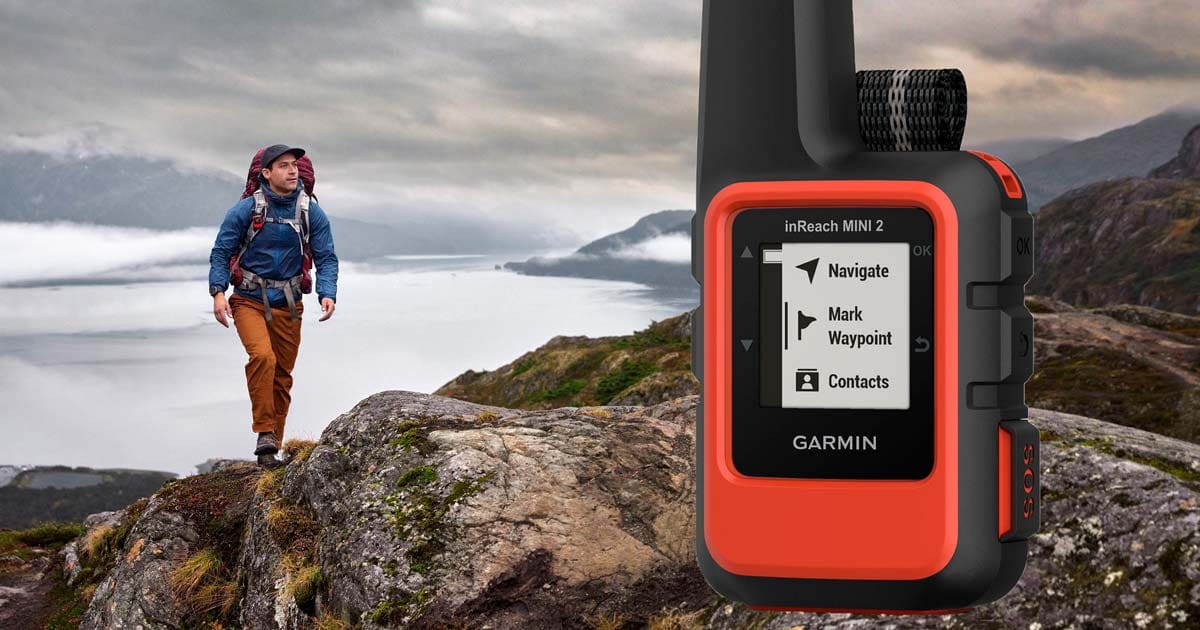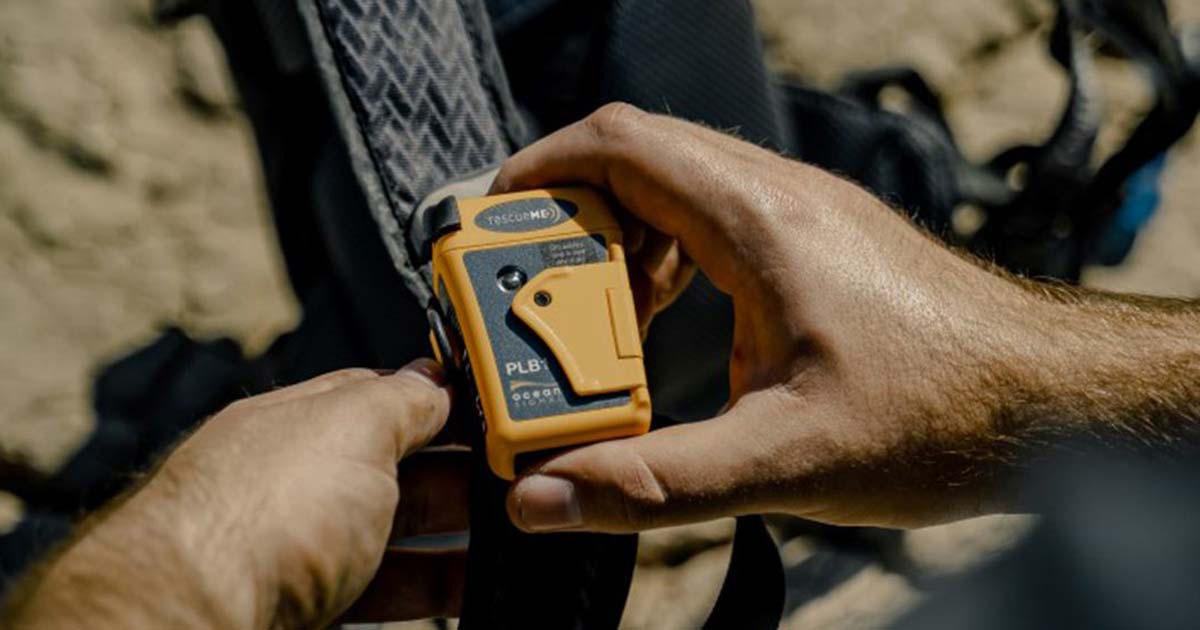Both satellite communicators and personal locator beacons (PLBs) serve different purposes and have their advantages and disadvantages for hiking or other outdoor activities.
Satellite communicators
Satellite communicators are devices that allow you to send and receive messages via satellite communication networks. They typically offer two-way communication, allowing you to send text messages, make phone calls, and even share your location coordinates with others. Satellite communicators are usually small, lightweight, and offer features such as weather updates, mapping, and navigation. They require a subscription plan to operate, which involves ongoing costs.

Personal locator beacons (PLBs)
On the other hand, personal locator beacons (PLBs) are emergency devices that use satellite technology to transmit a distress signal to emergency services, such as search and rescue teams, in case of an emergency. PLBs are typically one-way communication devices, and they do not require a subscription plan. Once activated, a PLB sends a distress signal with your location coordinates, allowing rescuers to locate you quickly. PLBs are generally smaller and lighter than satellite communicators, and they are designed solely for emergency situations.

Satellite communicator or locator beacon?
I am asked this question often. I don’t have a personal view, as the recommendation would depend on your specific needs, preferences, and budget. However, if you are looking to purchase only one device (and there’s nothing wrong with that) here’s some factors for you to consider when choosing between a satellite communicator and a personal locator beacon (PLB) for hiking or other outdoor activities.
If you are wondering what I use; my wife and I both carry a PLB on all our hikes. I don’t use a satellite communicator, although I have tried them, but please don’t let that influence your decision. Your safety is in your hands, no one else’s.
- Communication needs: If you prioritise staying connected with others and need the ability to send and receive messages, make phone calls, or access additional features such as weather updates and mapping, a satellite communicator may be a better choice. Satellite communicators offer two-way communication, allowing you to stay in touch with friends, family, or emergency services in non-emergency situations.
- Emergency preparedness: If your main concern is having a reliable means of calling for help in case of an emergency, a PLB may be more suitable. PLBs are specifically designed for emergency situations and typically offer a simple one-way distress signal that can alert search and rescue teams to your location quickly.
- Subscription costs: Satellite communicators usually require a subscription plan for accessing satellite communication networks, which involves ongoing costs. PLBs, on the other hand, do not require subscription costs, making them a more budget-friendly option in the long run.
- Battery Life: Battery life can be an important factor to consider, especially for longer hikes or trips. Satellite communicators may have limited battery life, depending on the model and usage, as they require power for two-way communication and other features. PLBs, on the other hand, typically have a longer battery life, as they are designed to be used in emergencies only and do not require regular communication.
- Simplicity: PLBs are generally simple to use, with minimal features and a straightforward activation process. Satellite communicators, on the other hand, may have more complex menus and settings due to their additional features, which may require some learning and familiarity.
- Regulations and coverage: It’s important to consider the regulations and coverage of satellite communicators and PLBs in the area where you plan to hike. Satellite communication networks may have coverage limitations in certain remote areas, and PLBs may be subject to regulations and registration requirements in some countries or regions.
If you prioritise communication features and are willing to pay for a subscription plan, a satellite communicator may be a better choice. If you primarily need a simple and reliable emergency communication device without ongoing costs, a PLB may be more suitable. Consider your specific needs, preferences, and budget, as well as the factors mentioned above, to make an informed decision.
Both satellite communicators and PLBs have their pros and cons. Satellite communicators provide two-way communication, which can be helpful for staying connected with others and accessing additional features such as weather updates and mapping. However, they require ongoing subscription costs, and their battery life may be limited. PLBs, on the other hand, do not require subscription costs, and they are designed specifically for emergencies, offering a simple and reliable means of calling for help. However, they do not provide the same level of communication and features as satellite communicators.
Ultimately, the choice between satellite communicators and PLBs depends on your specific needs and preferences. You may in fact decide you want to carry both. If you value two-way communication and additional features, and are willing to pay for a subscription plan, a satellite communicator may be a better choice. If you prioritise a simple and reliable emergency communication device without ongoing costs, a PLB may be more suitable for your needs. It’s also worth considering factors such as your location, the type of outdoor activities you engage in, and your budget when making your decision.






Summer Alyse Victor Allan
Hmmm. Which to take. I have a PLB but not the others. Mostly because I don’t want the subscription service and I’m pretty confident with my navigation and safety skills